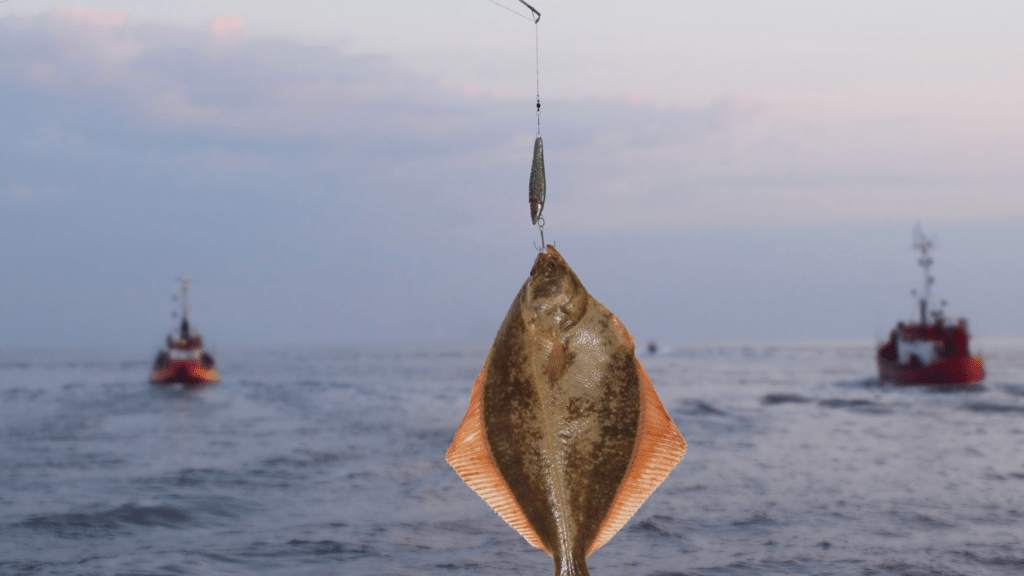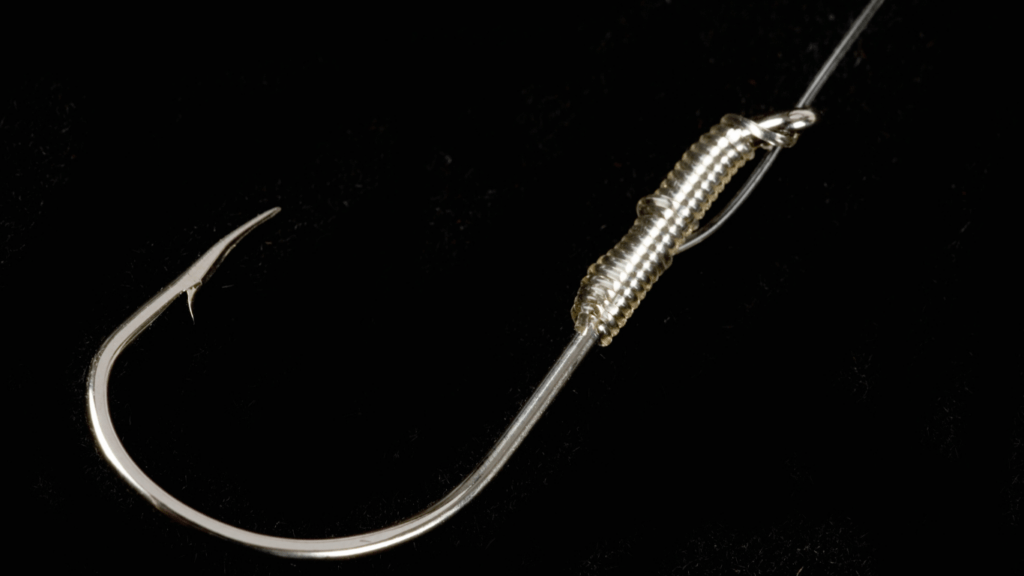Fishing isn’t just about casting a line; it’s about choosing the right technique to match your target. Trolling and jigging are two of the most popular methods, but they couldn’t be more different. Each has its own unique style, gear, and strategy, making them effective for specific fish and conditions.
Understanding Trolling And Jigging
Trolling and jigging are distinct fishing techniques designed to target specific fish species under varying conditions. Each requires unique gear and strategies to maximize effectiveness.
What Is Trolling?
Trolling involves moving a baited line or lure through the water while the boat is in motion. This technique covers large areas and attracts fish that chase moving prey, such as salmon, tuna, and mackerel.
I use rods with sturdy reels, trolling lines, and artificial lures like spoons or plugs. The primary goal is to maintain a specific speed, often between 2 and 5 mph, depending on the targeted fish. For deeper waters, I rely on downriggers or weighted lines to adjust the lure’s depth.
What Is Jigging?
Jigging is a vertical fishing method that focuses on enticing fish by mimicking injured prey. In this technique, I move the lure up and down in controlled motions to get the fish’s attention. It works well for species like cod, grouper, and snapper.
I usually use a jigging rod with sensitive tips, a high-speed reel, and metal jigs or soft plastics. Accuracy in targeting depth zones is essential, as many fish stay close to specific structures, reefs, or the seabed.
Comparing Trolling And Jigging Techniques
Both trolling and jigging offer unique approaches to fishing, each catering to specific scenarios and species. Understanding their distinctions can help in selecting the right technique for any fishing situation.
Key Differences Between The Two Methods
Trolling covers larger areas horizontally, ideal for open-water predators like tuna, salmon, or mackerel. The boat maintains a consistent speed, dragging bait or lures behind, which mimics prey in motion. Depth adjustments rely on tools like downriggers or weighted lines.
Jigging, however, is a more focused, vertical motion employed in localized spots. It targets bottom-dwelling species such as cod, grouper, and snapper by imitating the erratic movements of distressed bait. Changes in depth and lure movement depend on manual inputs.
Advantages Of Each Technique
Trolling allows coverage of vast water expanses, making it efficient for locating spread-out fish schools. It excels in deep water where migratory species thrive. The strategy reduces manual effort since the boat carries the movement responsibility.
Jigging offers precise targeting, especially around underwater structures or reefs where fish congregate. It maximizes control over depth and action, creating direct engagement with potential catches. The technique accommodates fishing from stationary boats or shorelines.
Disadvantages To Consider
Trolling requires specialized equipment such as:
- downriggers
- heavier rods
- durable reels
increasing the initial investment. It can demand persistent boat operation, adding fuel and maintenance costs.
Jigging can be physically demanding because of the repetitive lure movement over extended periods. It’s less effective in vast, open water since reaching dispersed schools becomes improbable. Specialized jigging gear, like lightweight reels or sensitive rods, may also add cost.
Choosing The Right Technique For Your Target Fish

Selecting the appropriate fishing technique depends on several factors, including fish species, environmental conditions, and equipment setup. Understanding these elements ensures better success on the water.
Factors To Consider Based On Fish Species
Different fish species respond to trolling and jigging in distinct ways. For species like tuna, salmon, or mackerel, trolling works well as these fish often chase moving prey. In contrast, bottom-dwelling fish such as grouper, snapper, or cod respond better to jigging, given their behavior near reefs or structures. Choosing a technique aligned with your target’s typical feeding habits increases catch rates.
Environmental Conditions And Their Impact
Water depth and fishing location heavily influence the effectiveness of trolling or jigging. In deep or open waters, trolling excels as it covers more area and finds species like migratory pelagic fish. Jigging performs better in shallower zones or near structures like coral reefs, where precise control of lure depth attracts species hiding below. Weather and current speed also affect success; trolling suits moderate waves and currents, while jigging requires calmer settings for optimal lure manipulation.
Equipment And Setup Recommendations
Each technique demands specialized gear tailored to its unique requirements. For trolling, I use rods paired with sturdy reels and heavy-duty lines designed to handle long runs and large fish. Downriggers and planer boards help manage lure depth effectively. For jigging, I prefer lightweight rods with sensitive tips and high-speed spinning reels to mimic prey movement. Matching the lure size, color, and weight to the target species enhances results significantly. Maintaining high-quality, well-calibrated gear reduces missed opportunities.
Pros And Cons Of Each Approach
Each fishing technique has its own strengths and weaknesses, depending on specific conditions and target species. Understanding when trolling or jigging is most effective can refine your fishing strategy.
When Trolling Works Best
Trolling performs exceptionally well in deeper waters and open areas where fish schools are spread out. It’s ideal for species that chase moving prey, like tuna, salmon, and mackerel. Covering large horizontal areas increases the chance of encountering active fish, making it an efficient choice for locating migratory species. Trolling also reduces physical strain, as the method relies on the boat’s movement instead of manual effort.
However, trolling requires more equipment and setup. Downriggers, sturdy rods, and higher-capacity reels are essential, which can increase costs. Effectiveness decreases near underwater structures or reefs, where precise bait placement is necessary.
When Jigging Outshines Trolling
Jigging excels in targeting specific locations like reefs, wrecks, or underwater structures. It’s the go-to method for bottom-dwelling species, including grouper, snapper, and cod. The vertical action of jigging mimics injured prey, triggering strikes from predators often unwilling to chase faster-moving lures. This method offers precise control over lure depth and action when fish are concentrated in a zone.
Despite the precision, jigging can be physically demanding. Continuous lifting and reeling motions require endurance, especially in deep waters. It’s also less effective in vast, open spaces or for species that prefer chasing lures over broad areas. Equipment investments like sensitive jigging rods and high-speed reels are critical for success.
Tips For Maximizing Success
Both trolling and jigging require strategic approaches to increase your chances of success. I focus on refining technique, selecting suitable gear, and adapting to various conditions to improve my results.
Best Practices For Trolling
- Maintain consistent speed: I adjust my boat’s speed between 2-7 mph depending on the target species, with slower speeds for larger fish like salmon and faster speeds for tuna.
- Use depth control tools: Downriggers and planers help me position my lures at specific depths where fish are most active.
- Experiment with lure selection: I rotate between spoons, plugs, and soft plastics to match the prey species common to my fishing area.
- Cover large areas: I design trolling routes that cross open waters or migration paths to maximize exposure to fish schools.
Best Practices For Jigging
- Target specific structures: I focus on reefs, shipwrecks, and drop-offs where fish like snappers and groupers often gather.
- Vary retrieval speed: Slow jigging mimics injured prey, while faster action provokes strikes from aggressive species.
- Use weighted jigs: I choose jig weights based on water depth, typically 1-8 oz, ensuring the lure reaches the desired zone quickly.
- •Pay attention to rod sensitivity: A responsive rod tip allows me to detect subtle bites when jigging in deeper waters.





